India-Pakistan Escalations: Where Do Kashmiris Go From Here
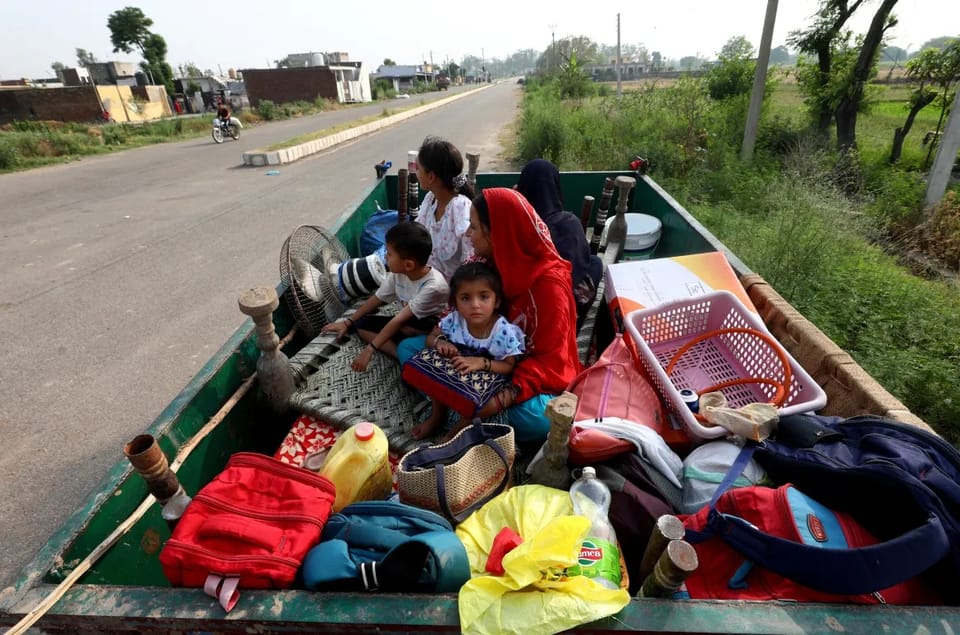
Despite Pakistanis and Indians celebrating cease-fire, Kashmiris on both sides of the Line Of Control can hardly feel the same peace. Reports from residents around the LOC depict continuing violence and Kashmiris are struggling with needing medical care, homelessness due to shelling, and the hopelessness of knowing that for them - the violence rarely ever ends.
Following India’s launch of Operation Sindoor early on 7th May during which parts of Pakistan and Pakistan Occupied Kashmir were targeted, there’s been increased violence in Kashmir as both countries continued to fight on the Line Of Control. And yet even as the ceasefire brought peace to much of Pakistan and India, Kashmiris remain fearful.
They are the ones who bore the brunt of the violence, as residents in Poonch, a village close to the LOC on the Indian side said this was the heaviest shelling they’d seen in a decade. An anonymous source in Sri Nagar also told Echoes Media that all he could say was that everything was okay because “truth is banned in our country, so we can’t tell anything.”
Sana Irshad Mattoo, a photojournalist and documentary photographer from Kashmir has been sharing pictures of what the on ground reality in Kashmir has looked like over the past 10 days. From the death of family members to the destructions of homes, countless Kashmiris will now have to face the reality of rebuilding their lives in the face of unimaginable loss.
But this isn’t the first or the last time that Kashmir has suffered from violence and oppression. In fact for most Kashmiris - occupation and the oppression that comes with it is what has defined much of their experience, regardless of what side of the border they’re on.
Researcher and photojournalist Nawal, shared stories from residents in the midst of the shelling who reported on decreasing food supplies and having to spend most of their days in makeshift bunkers or basements.
https://www.instagram.com/p/DJbS1yERl8M/?img_index=2
Afterwards, many of them shared being skeptical of the ceasefire, waiting for it to be violated like it has so many times throughout history.
In a post following the ceasefire Nawal said, “The ceasefire happened because India and Pakistan were affected. There was no absolute peace in LoC areas ever.”
https://www.instagram.com/p/DJeaf61SIcG/
Earlier this year, there were instances of young Kashmiri men going missing, only to turn up dead - and have their death written of as possible suicide. But families said that wasn’t possible, telling Al Jazeera that it wasn’t an accident. The victims were Hindus and Muslims - bound by tragedy and a life under control
Kashmir’s past - and present - has unfortunately been decided by India and Pakistan ever since the two countries gained independence, despite Kashmiris demanding the right to an independent decision for their future.
History of Kashmir
Following an already bloody partition in 1947, the violence in Kashmir refused to die down, as both countries wanted to claim the region, while Kashmiris themselves wanted independence. Ever since its annexation by the Mughal empire in 1589 AD, Kashmir has never been ruled by Kashmiris themselves. After the Mughals, the region was ruled by the Afghans (1753-1819), Sikhs (1819-46), and the Dogras (1846-1947) until the Indian and Pakistani states took over.

Under the partition plan provided by the Indian Independence Act, Kashmir was given the options to become independent or accede to India or Pakistan.
The Dogra ruler at the time, Hari Singh, initially wanted Kashmir to become independent. But when tribesmen from Pakistan attempted to invade the region he agreed to join India in October 1947.
This led to the start of the First Indo-Pakistani war which ultimately resulted in a United Nations-mediated ceasefire in 1949, establishing a border through Kashmir that split control between Pakistan and India. Under the division, which was set up as a temporary border, India was given roughly two-thirds control over Jammu and Kashmir, which Pakistan controlling the other third. However, both countries still claim the entire region.
In 1950, The Indian Constitution granted Jammu and Kashmir a special status under Article 370, offering the region significant autonomy and self-governance—marking a defining moment in the constitutional history of the state. This was later abrogated in 2019, revoking Kashmir's autonomy. A sweeping security lockdown followed, accompanied by mass detentions of political leaders and communication blackouts.
Over the years, India and Pakistan did everything they could to control the narratives of Kashmir. India not only resorted to brutal methods of oppression, such as physical violence, torture, fake encounters, rape and unlawful prosecutions, it also created an alternative history, twisting data and facts to turn Indian public opinion against the plight of Kashmiri Muslims.
Meanwhile, Pakistan was no innocent supporter of the Kashmiri struggle either. One of its former Presidents, Pervez Musharraf, openly admitted that the state supported and trained armed groups active in the valley, such as Lashkar-e-Taiba (LeT), in the 1990s.

What’s next for Kashmiris?
The fragile ceasefire undertaken for now seems to be, by and large, due to the US’s intervention and its relationship with both India and Pakistan. Which means the underlying issue remains the same. What happens to Kashmiris? And when do they get what they want?
Decades of oppression, curfews, and brutal crackdowns have taken a severe psychological toll on the people of Kashmir. The constant fear of violence, arbitrary detentions, and disappearances have led to widespread mental health issues. Entire generations have grown up under the shadow of guns, leading to mass trauma and psychological disorders among Kashmiris.
Anmol Irfan is a freelance journalist, editor and the co-founder of Echoes Media. Her work focuses on marginalised narratives in the Global South, looking at gender, climate, tech and more. She tweets @anmolirfan22


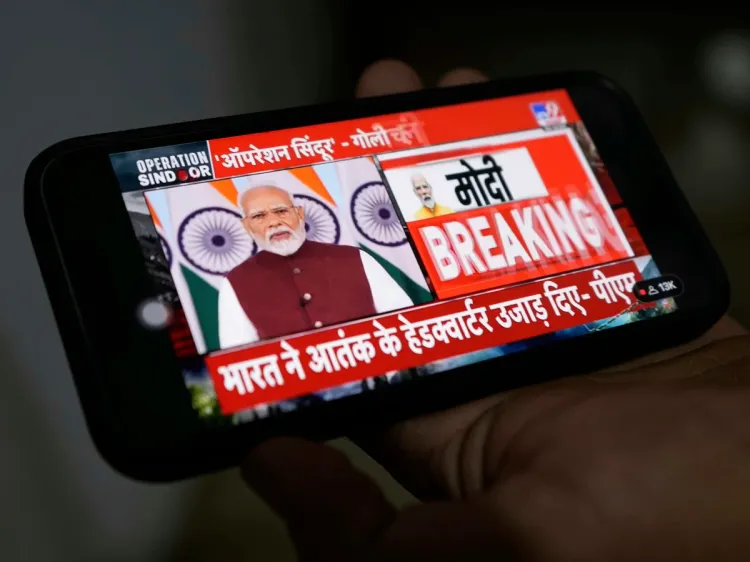
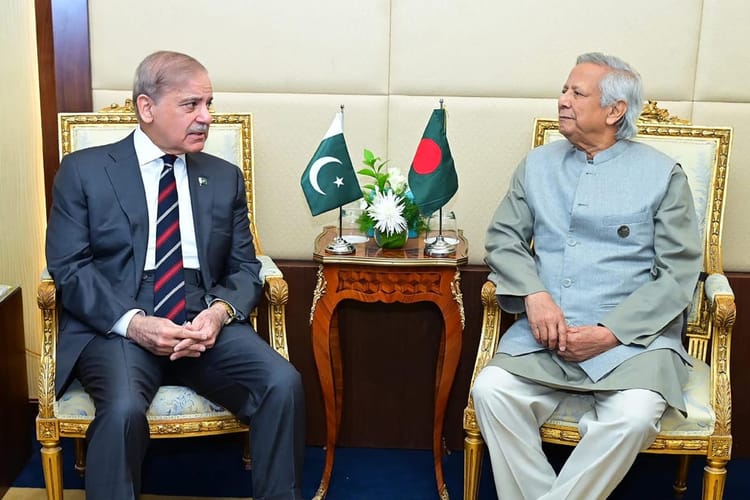
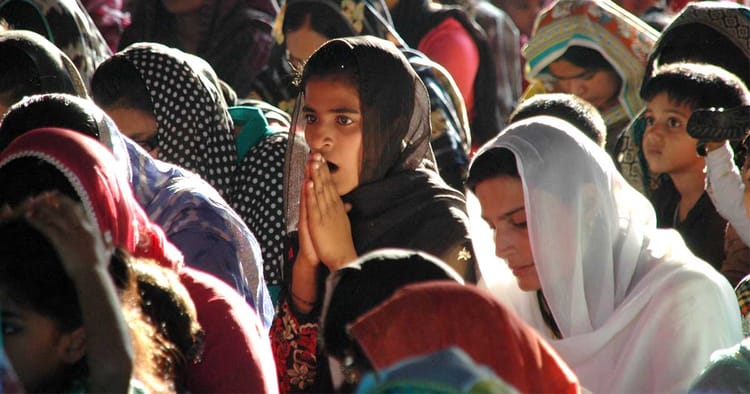
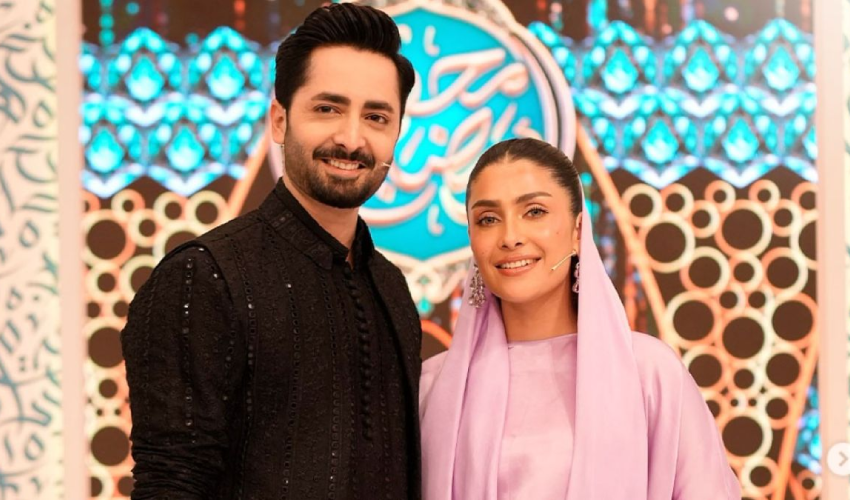
Member discussion